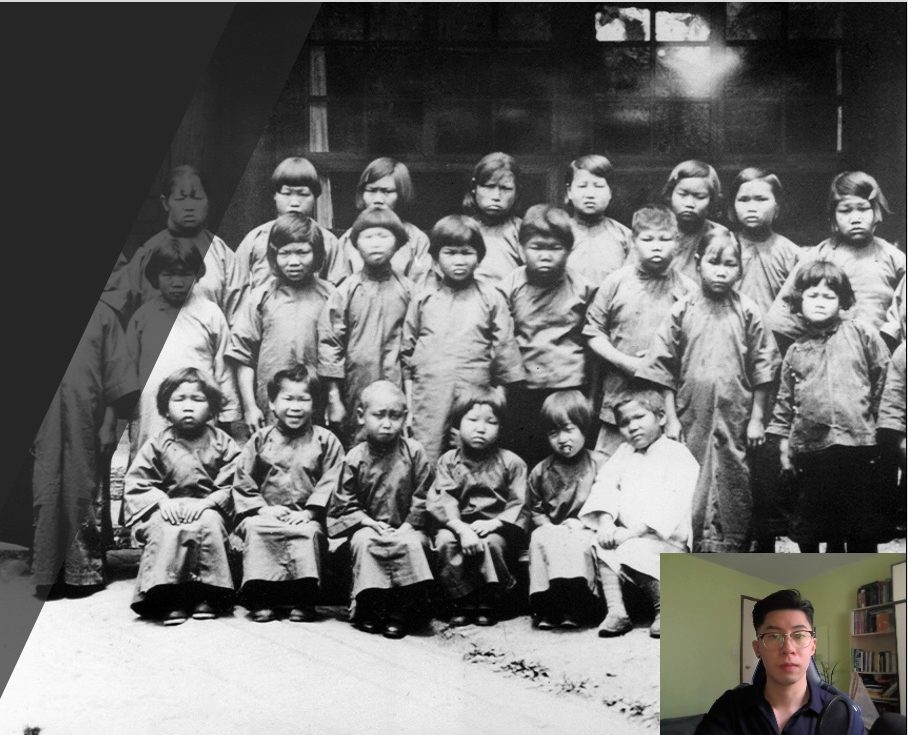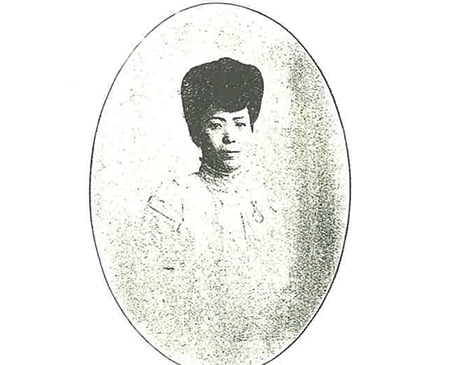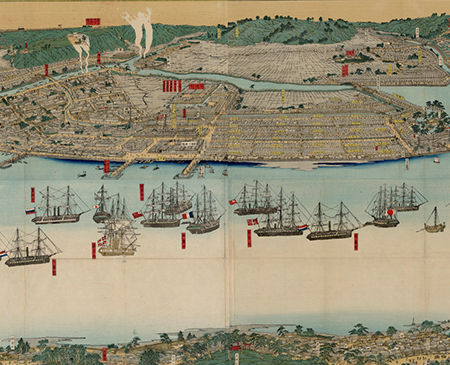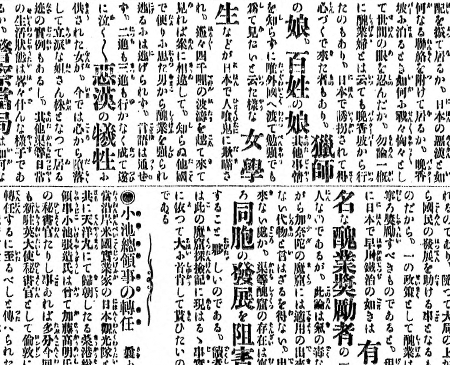“Why Kiyo Tanaka Goto Matters in Japanese Canadian History” by Laura Ishiguro
In this video, Laura Ishiguro explores the historical significance of Kiyo Tanaka Goto, who lived in the Canadian province of British Columbia between 1913 and 1982. More specifically, the lecture situates key issues and moments in Kiyo’s life in the broader context of Japanese Canadian history, particularly considering her name and experiences of migration, work, and forced relocation and confinement during the Second World War. Overall, it illuminates the importance of intercultural and inter-community relationships, the place of sex work in Japanese Canadian history, and more generally, the complex, limited, and diverse possibilities for Japanese immigrant women in early-to-mid-twentieth-century Canada.
日系カナダ人の歴史において、なぜキヨ・タナカ・ゴトウが重要か(講師:ローラ・イシグロ)
この講議では、1913年から1982年にかけてカナダのブリティッシュ・コロンビア州に生きたキヨ・タナカ・ゴトウの歴史的重要性を探る。キヨの人生の中でも特に重要な問題や出来事を広く日系カナダ人の歴史の中に位置付け、特に彼女の名前、移住、労働、第二次世界大戦時の強制移住・監禁の経験について考察する。講義の中では、異文化間、コミュニティ間の関係性の重要性や、日系カナダ人の歴史に性労働の持った意味、そしてより一般的に、20世紀前半の日系移民女性が持っていた限定されながらも複雑で多様な可能性に焦点を当てる。
“Mui Tsai (妹仔) and Transpacific Child Labour Trafficking” by Aydin Quach 郭汶進
This video by doctoral student Aydin Quach offers an overview of the mui tsai system and how young girls from southern China were moved as part of indentured labour across the transpacific with usage of sources found in The Chinese Times, a Vancouver-based publication that ran from 1914-1992. The illustration of mui tsai in Vancouver and Canada then is used as an examination of age and generation as a category of analysis to understand the condition of early Chinese women in North America, the development of child protection laws, and the socio-cultural significance of age and generation.
“Reimagining Japanese Prostitutes: The Photographs in Devil Caves in Canada (1910)” by Asato Ikeda
In this video, Asato Ikeda examines photographs of Japanese prostitutes published in Kanada no Makutsu (Devil Caves in Canada*, 1910). The book was an edited version of a series of reportage articles titled “The Exploration of Devil Caves” (Makutsu tanteiki) and was intended to expel the prostitutes from Canada. The photographs, however, give us unique visual access to the prostitutes and allow us to circumvent, challenge, and refute the book’s characterization of them as “fallen women” or “devils and monsters.” Instead, they invite us to contemplate more sympathetically on the lives and perspectives of these women who still remain voiceless.
*Kanada no Makutsu is also translated as Brothels in Canada in this website.
日本人娼婦像を読み解く: 『加奈陀の魔窟』(1910)のポートレート写真(講師:フォーダム大学准教授 池田安里)
この講議では、『加奈陀の魔窟』(1910)に挿入された日本人娼婦の写真について議論する。『加奈陀の魔窟』は、「魔窟探検記」と題したルポルタージュが再編され本として出版されたもので、もともとカナダから日本人娼婦を追放することを目的に書かれた。しかし、本に収められた写真は、むしろ本文で描かれた「堕落した女性」、「赤鬼青鬼」などの娼婦像に疑問や反論を投げかける。写真の中の視覚的要素を読み解くと、声なき女性の生きた人生や視点に共感をもって想像するきっかけが浮かび上がってくる。
“The Tale of Kiyū–Texts, Print Media and Publishing in 19th Century Japan” by Saeko Suzuki
In this short lecture, Saeko Suzuki discusses how the Tale of Kiyū emerged and developed into different iterations in terms of publication format, genre, and content in the 1870s in response to the needs and interests of various social actors. In addition to the multiplicity and constructed nature of the story, you will also learn about how the old publication industry and culture from the Edo period continued to influence publication products in the early Meiji period.
「喜遊の物語」をめぐって — 明治初期のテクストと版本出版メディア (講師:鈴木紗江子)
この講議では、1870年代に「喜遊の物語」が出版に関わる社会的行為者のニーズや関心を反映して、どのように商品化されたかを議論する。形態、ジャンル、内容における複数性や物語の恣意性のほか、江戸時代の出版文化が明治初期になっても出版物に影響を与え続けた一例を知ることができる。
“Sex Workers, Waitresses, and Wives: The Disciplining of Women’s Bodies in Japanese Language Media in Vancouver (1908-1920)” by Ayaka Yoshimizu
In this short lecture, Ayaka Yoshimizu discusses how Japanese language media portrayed women in Japanese diasporic community in early 20th century Canada. The lecture specifically focuses on the Tairku Nippō issues published in the period between 1908 and 1920. Instead of focusing solely on examining “Exploration of Devil Caves,” the lecture provides an overview of the newspaper’s role in disciplining Japanese migrant women by looking at how the notions of “ideal” women vs. “fallen” women were constructed through various sections of the newspaper.
「娼婦」・ウェイトレス・妻:女性の身体をディシプリンする日本語メディア(1908-1920年バンクーバーの事例)(講師:美水彩加)
この講議では、20世紀初頭のカナダの日本語メディアで、日系移住者の女性がどのように表象されていたか議論する。特に、1908年〜1920年に出版された『大陸日報』の記事を事例として扱う。「魔窟探検記」のみに焦点を当てるというよりは、当新聞に掲載されたさまざまな記事の中で、「理想」の女性像と「堕落した」女性像がどのように構築され、それによって日系女性がどのようにディシプリンされていたかを広く見ていく。




